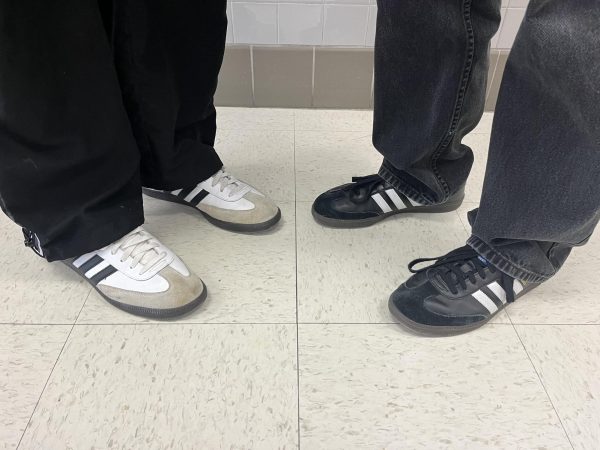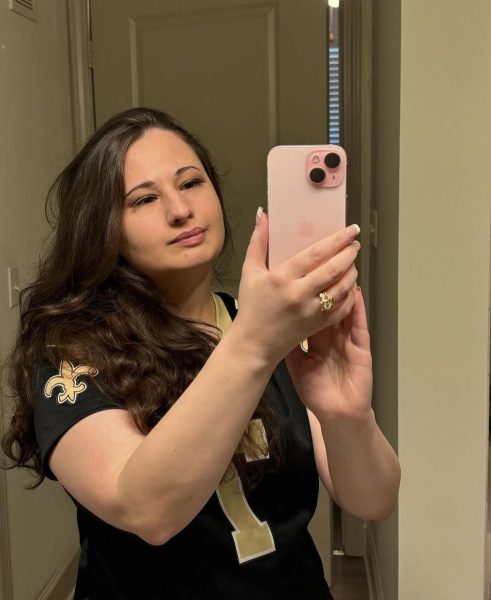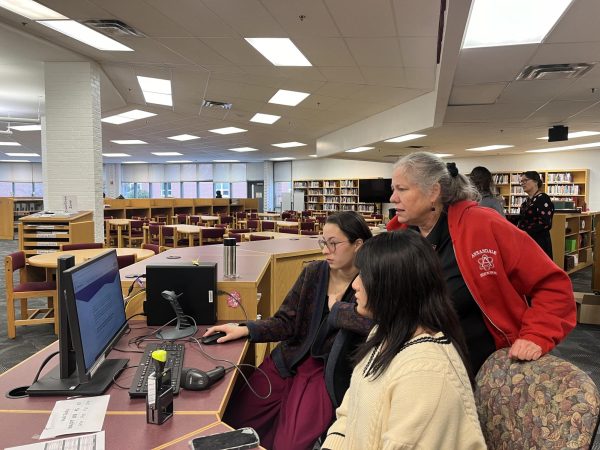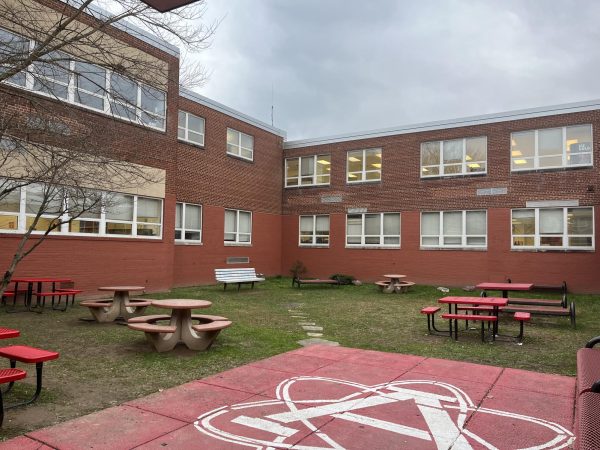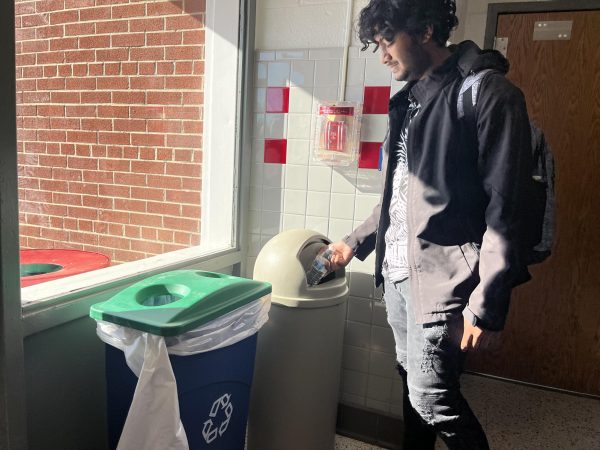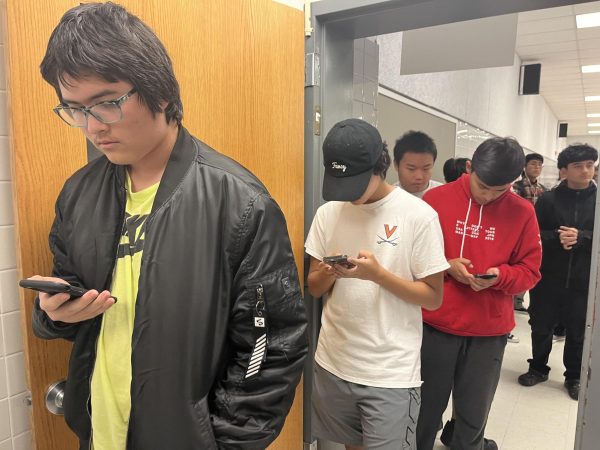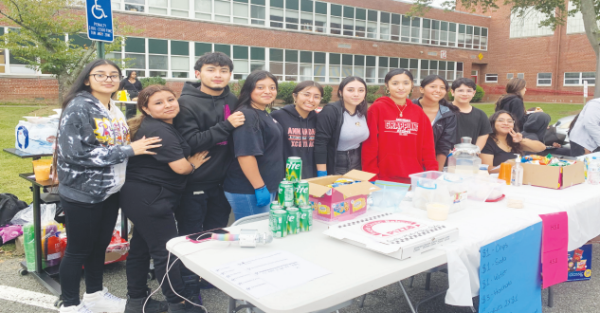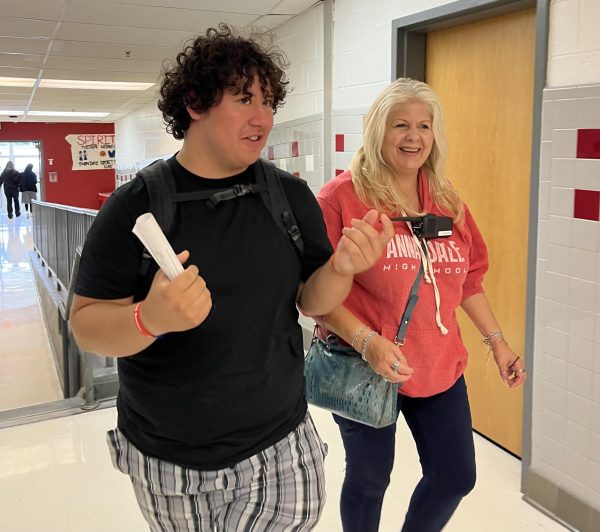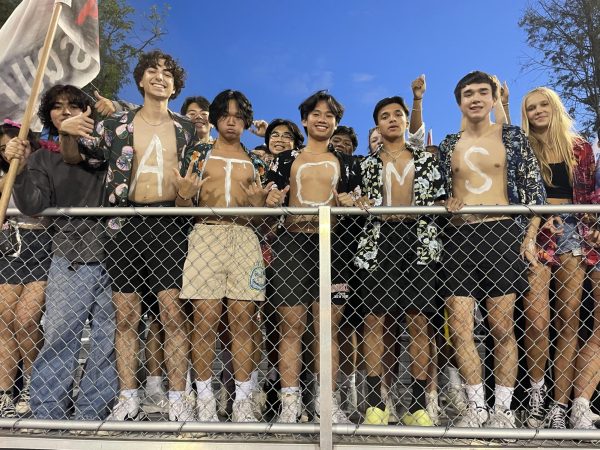Why banning TKAM is a bad idea
As students, we are required to read many books for English classes throughout the school year and sometimes even over the summer.
To Kill a Mockingbird, the award winning novel by author Harper Lee, is one of the most common high school reading assignments. A majority of Americans have read it, either in middle or high school.
The book takes place during the Great Depression and simultaneously the Jim Crow era.
It follows a young girl named Scout Finch as her attorney father defends a black man against a rape and assault charge in the fictional town of Maycomb, Alabama.
But what many do not know, is that many school districts have taken the classic novel off of their reading lists.
Most recently, the school district of Biloxi, MS banned the book because the language made parents uncomfortable.
Other districts that have banned the book also cite its use of profanity and the racism found throughout the book. The references to rape also upset people.
They believe that the book is inappropriate in an educational manner.
Clearly, these people do not understand the meaning behind the book. The book does not condone racism and other immoral acts, it denounces them.
Throughout the book, Scout’s father discourages her from using racist terms and other obscenities. He also calls racism a disease, and tells her and her brother to treat everyone as their equals, regardless of race.
The history is upsetting to people, too. But censoring a book won’t cover up the fact that America has a history of racism.
An additional problem with censoring the book is that there is no point. Students will eventually hear about topics such as race. It’s inevitable.
Letting students read about this past in context is better for them, and the book discusses the topic of racism in a way that is beneficial to young readers.
Through the book, one can see the awful things that racism brought about, such as false imprisonment.
Another benefit of reading the book is that it includes valuable morals and lessons. By reading the book, one learns to step in a person’s shoes before you judge and to step up for those who can’t defend themselves, amongst other things.
Overall, there are many pros and few cons to having students read the novel.
In the age of Trump, more and more people are taking stances on violence against African Americans. Isn’t now the perfect time to open the discussion up in classrooms with this book?
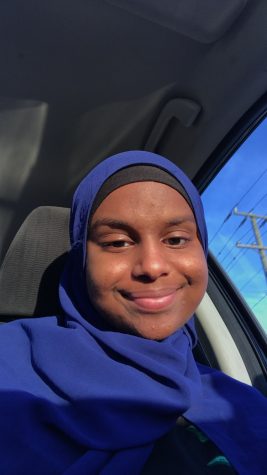
Senior Suad Mohamed is currently the Co-Editor in Chief and this is her fourth year on staff. Last year, she was the In-Depth Editor. Besides The A-Blast,...



